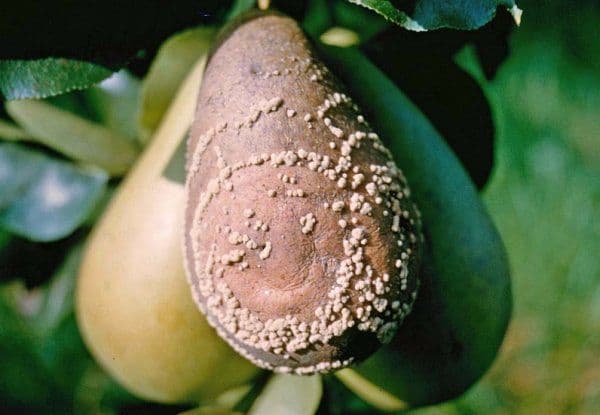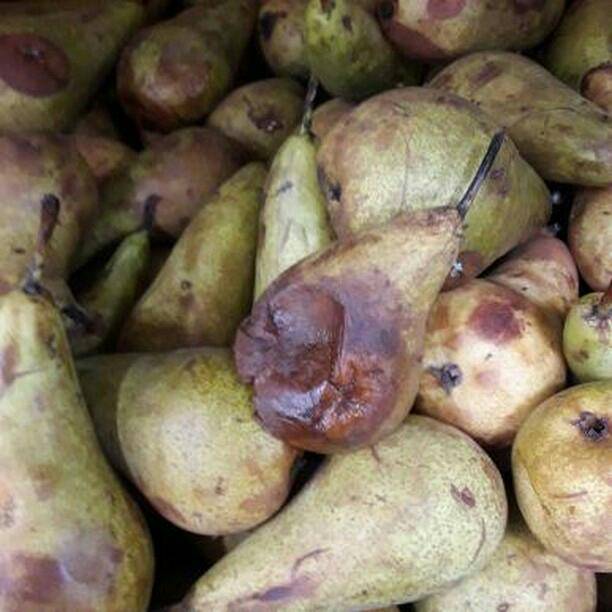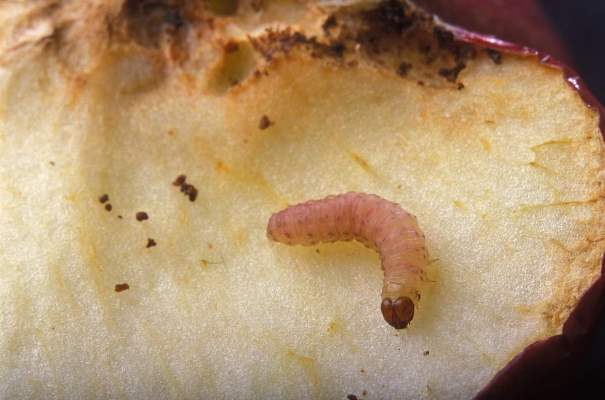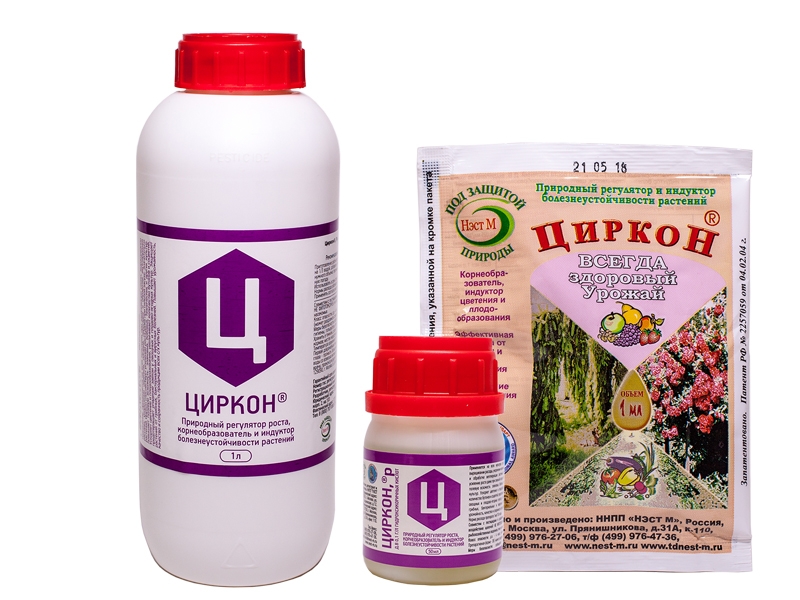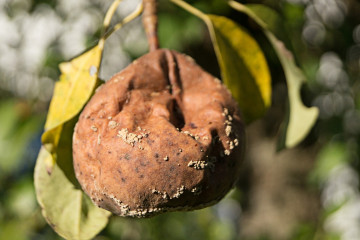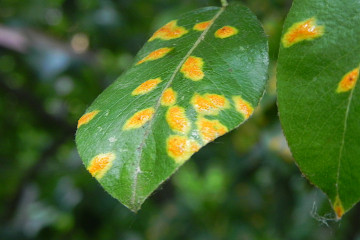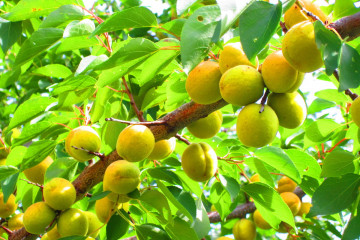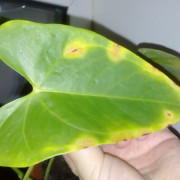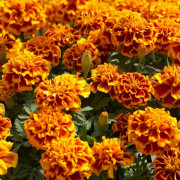Pear fruits rot on a tree - what to do
Content:
Harvesting pears is an enjoyable moment that can be overshadowed by poor crop quality due to decay. If pear fruits rot on a tree, what to do and what is the reason - every gardener should know the answers to these questions in order to immediately take measures to save a sweet and healthy crop.
Factors that provoke pear decay
Rotting fruit does not just happen. The risk of disease increases due to the presence of provoking factors. These include weather conditions and improper plant maintenance:
- high humidity from 95% to 100% due to heavy and prolonged rains;
- temperature from +15 ° С to +20 ° С in combination with high air humidity;
- thickening of the garden;
- diseases and pests of pear;
- damage to the integrity of the bark;
- lack of sanitary pruning of trees.
If a person cannot influence the weather conditions, then the risk that the fruits will begin to rot can be significantly reduced by correct and regular care of the pear.
Why pears rot - the main reasons
Pear fruit rot is a symptom of a number of diseases. Each of the pathologies has its own distinctive features of manifestation and characteristics.
Scab
The disease occurs mainly in the summer, but in some varieties it can also occur in the fall. Scab features:
- the fruits take on an irregular shape;
- the color of pears is weak or completely absent;
- if the fruit is ripe, it will not lie for a long time, after a few days it will start to deteriorate from the inside;
- the fungus affects not only the fruit, but all parts of the tree, leaves, trunk, shoots and flowers.
If the scab is not stopped in time, this can lead to a slowdown in the growth of the pear tree, to its oppression and death.
Fruit rot or moniliosis
The disease is triggered by a microscopic fungus. Its spores penetrate into the fetus when there is a small scratch on it.
Moniliosis can quickly spread from pears to other horticultural crops. The fungus affects trees growing densely in unkempt gardens. Direct sunlight kills fungal spores. The main sign is that the fruit rot from above, then inside, completely covered first with black dots, then with a brown bloom with growths.
Old trees
The older the tree, the worse its metabolic processes occur, the amount of nutrients decreases, the plants wither. This negatively affects the quality of the crop.
Pears are weak, do not lie for a long time, can quickly rot after ripening and burst. This process begins with the tail, when the fruit is still on the branch.
Peduncles
The stalks are the most active pests on the pear. Due to the fact that the stalks move inside the pulp, this leads to the fact that the pear begins to crack. An infection gets through the cracks, which causes putrefactive processes
The fruit changes its color to a gray tint, disappears and becomes unusable.
Weevil beetles
Beetles - weevils start on the shoots and gradually damage all parts of the pear:
- leaves and buds;
- inflorescences and fruits;
- wood;
- petals, young, fragile shoots.
An indication of the presence of weevils is that the pear suddenly begins to turn black. If you do not have time to notice this symptom, the disease will rapidly develop throughout the plant.
How to deal with pests and diseases
Knowing why pears rot on a tree, you need to immediately begin to fight diseases and pests. Depending on the severity of the case, purchased fungicides and traditional methods are used to treat the pear tree.
Chemical treatment
To get rid of the spread of the disease is possible only with chemicals. Recommended drugs:
- copper sulfate;
- bordeaux liquid;
- Hom;
- Oxyhom.
If the disease is started, but the pears should ripen soon, Fitosporin is used - every week until the harvest is harvested.
Folk remedies
To treat the early stages of diseases, when only partially single specimens are affected, folk remedies will help:
- In 10 liters of water, mix 25 g of copper sulfate and 40 g of citric acid. Spray damaged fruits.
- In 9 liters of water, stir 0.5 kg of ash and 50 g of crushed laundry soap.
It is recommended to process the plant several times with an interval of 2-3 days.
Correct care
It is more difficult to eliminate pear diseases that cause fruit rot than to prevent their appearance. Proper care will help to form the tree's resistance to fungi and infections:
- Sanitary pruning in the spring.
- Timely removal and destruction of the carrion from the ground.
- Preventive treatment of garden plants from parasites.
- Regular plant nutrition. You need to feed pears in order to strengthen them and make them more resistant to diseases and pests.
Helper plants
If insects attack the pear, you can plant plants in the garden that will scare them away:
- chamomile;
- sagebrush;
- tansy;
- calendula;
- marigold.

It is necessary to fight diseases and pests in a comprehensive manner, therefore it is recommended to combine several methods, for example, folk recipes and helper plants
Prevention of garden rot - the main mistakes of gardeners
Gardeners make 2 main mistakes:
- leave the missing fruits on the tree - they are a breeding ground for the fungus, therefore, they must be immediately disposed of;
- nourishing plants during a period of illness - you need to fertilize the pear in order to strengthen it and do it regularly, the nutritional compositions themselves will not cure the fungus.
Tips
Tips from experienced gardeners to help protect the pear from fungus:
- The right choice of planting site is away from other trees and houses so that the pears get enough light.
- Timely cleaning of all plant residues from the tree. They need to be burned. It is strictly forbidden to use wood residues for composting.
- The fungus often occurs after prolonged rains. Therefore, in conditions of increased moisture, it is necessary to regularly examine the plants in order to identify pathology in time.
In order for the time to grow fruit to be spent usefully, and the result is a bountiful, tasty harvest, the garden must be carefully monitored.It is important not only to carry out the therapy of already existing diseases on time, but also to regularly engage in prevention, which consists in proper care.
